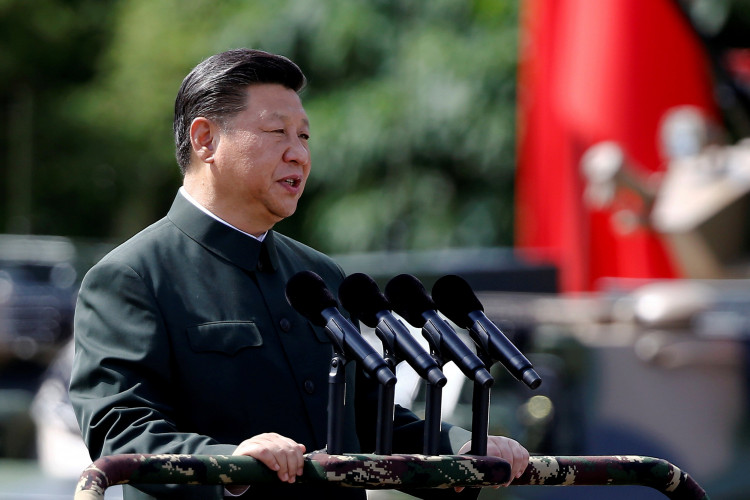China is developing what could be the world's first electromagnetic surface-to-surface rocket specifically designed to overcome high-altitude battlefields like the Himalayas and Tibetan Plateau. The technology integrated within the rocket is the same as the capabilities incorporated in hypersonic aircraft and railguns being developed in the United States.
Information on the rocket's precise target range and location of where it is going be stationed are not yet publicly available. Lead scientist for the rocket development, Han Junli, however, told the State Media Science and Technology Daily that he considered probable military border conflict on the Tibetan Plateau while designing the rocket.
Han designed the rocket's target range with particular focus on adversaries that are hypothetically located on the border of the Tibetan plateau. He also included in his considerations the type of weapons and rockets that are already deployed by the Chinese army in the region.
Han explained that the Tibetan plateau comprised as much as 26 percent of China's overall land territory. This would mean that a rocket with electromagnetic range capabilities launch from the region can already attack an adversary positioned in hundreds of square kilometers from the border. Think of it like a boxing match, where the one with the long arms is the one with the obvious advantage, Han explained as quoted by the South China Morning Post. The lead scientist had also analyzed environmental data from the border to ensure that the rocket can endure extremely low temperatures and atmosphere during winter.
Zhou Chenming, a military weapon expert, added that the rocket may also be equipped with an electromagnetic catapult launcher which stabilizes the rocket before launch by increasing its initial velocity.
It would be recalled that Indian and Chinese troops had a 73-day stand-off in Doklam between June and August of 2017. The incident did not escalate to a full-blown war and instead resulted in a peaceful withdrawal of troops from both parties.
On Aug. 21, the Business Times reported that Chinese Defense Minister Wei Fenghe and Indian Prime Minister Narendra Modi already agreed to repair geopolitical ties that were strained due to the Doklam stand-off. Both leaders agreed that their respective countries will maintain peace and stability on the Himalayan border.
Minister Wei told Modi that China is prioritizing the renewed friendly relation with India and will continue to deepen its bilateral military ties with New Delhi to promote security, harmony, and mutual trust between the two countries. Modi, on the other hand, stressed that New Delhi and Beijing had harmonious relations for thousands of years and it is only right to renew such relation.






